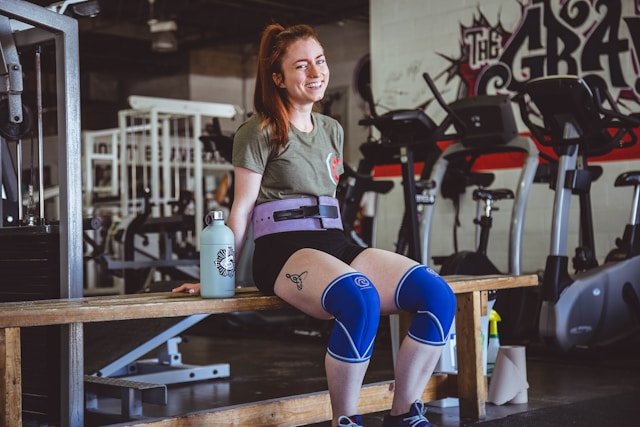
In the realm of strength training, opinions on equipment often vary greatly. One item that consistently generates discussion is the gym belt. Some lifters firmly believe in its benefits, strapping it on tightly before each set, while others argue that an over-dependence on such support can hinder genuine physical progression. Gaining a clear understanding of the role of these belts is crucial before integrating one into your training routine.
Understanding the Purpose of Gym Belts
Fundamentally, gym belts act as a stabilizing aid. By increasing intra-abdominal pressure, they help provide a more stable foundation for the spine, enhancing performance and reducing the risk of injury during heavy lifts. For individuals aiming for personal records in exercises like squats, deadlifts, or overhead presses, this added stability can significantly influence outcomes. Nonetheless, they are not a magical solution; they don’t replace strong core muscles or improve poor technique. Rather, they serve as a tool for specific scenarios.
When to Use a Belt
Gym belts are particularly advantageous for movements that impose substantial loads on the spine, especially when lifting close to your maximum capacity. Deep barbell squats and heavy deadlifts typically fall into this category. When attempting weights approaching 85-90% of your one-rep max, a belt can provide additional security, allowing you to lift with increased confidence.
For those training with low rep ranges and heavy weights, a belt can be a valuable safety measure. It enhances the natural bracing action of the core, especially when fatigue begins to set in. Olympic lifters and powerlifters often employ belts strategically in their training for just this purpose.
When to Leave the Belt in Your Gym Bag
Not every exercise or lifter requires a belt. For those aiming to strengthen their core, relying on a belt can prove counterproductive. Movements such as goblet squats, lunges, kettlebell swings, or planks thrive on allowing the core to engage naturally, without any external support.
If you’re lifting moderate weights, usually under 70% of your one-rep max, there is generally no need for a belt. Training without a belt in these ranges challenges your core to stabilize your body autonomously, fostering balanced development and encouraging long-term strength gains.
The Significance of Core Strength Without External Aids
Over-dependence on gym belts can lead to the neglect of the muscles responsible for stabilizing your spine and pelvis. Prioritizing strength in your transverse abdominis, obliques, and multifidus is essential, as these muscles work in unison to provide stability, protect the spine, and generate power. Setting aside the belt during warm-ups, accessory lifts, and core exercises ensures comprehensive development of these areas.
Proper Use of a Gym Belt
If you opt to use a belt, doing so correctly is vital. Position the belt around your midsection, covering the area between your ribs and hips. It should fit snugly but not so tight that you can’t take a deep breath. The goal is to push your abdominal wall against the belt, increasing pressure through diaphragmatic breathing and bracing, rather than tightening it to the point of discomfort.
Common Pitfalls to Avoid
Wearing a belt for every set, even with lighter weights, lessens its intended benefit. It’s also a common misconception to view the belt as a stand-in for proper technique. Without a solid grasp of appropriate bracing mechanics, the belt may function more as a crutch than a performance booster.
Is a Gym Belt Right for You?
Before adding a belt to your routine, consider your training objectives. If your focus is on absolute strength or powerlifting, a belt may become an essential support for your heaviest lifts. Conversely, if you aim for athletic performance or functional fitness, the development of raw core strength may take precedence.
Conclusion
Gym belts themselves are neither inherently good nor bad; their value lies in how and when they’re utilized. Approach their use with knowledge and intention, and they can assist you in achieving your training goals. However, never let them replace the importance of moving with strength and intention.






